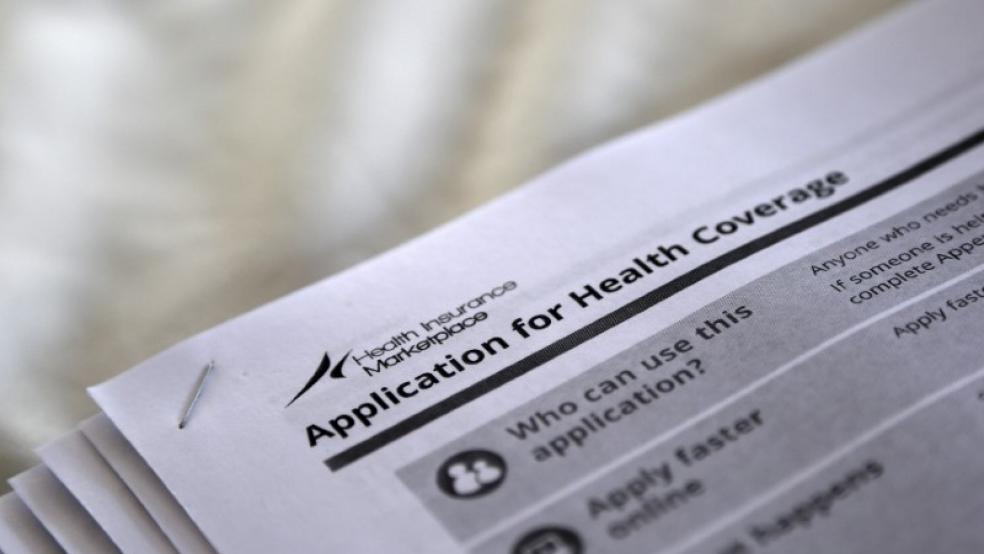A half-dozen states and the District of Columbia have health care insurance rates of over 95%, achieving near-universal coverage. Three researchers at the University of Pennsylvania — including Ezekiel Emanuel, a key architect of Obamacare — said Monday that the Affordable Care Act has everything to do with those results.
Here’s how the states achieved such high insurance rates, according to the authors:
- Expanding Medicaid: States that expanded their Medicaid programs as allowed under the ACA had about half the uninsured rate (6.6%) in 2018 as states that did not do so (12.4%). “Nearly 5 million people would gain health insurance if the remaining 14 states expanded Medicaid,” they write.
- Extending enrollment periods: High-coverage states countered the Trump administration’s efforts to shorten enrollment periods and reduce informational assistance.
- Lowering premiums: States enacted additional subsidies and reinsurance programs to keep premiums low, a crucial factor in maintaining insurance coverage from year to year.
- Simplifying options: Some states limited the number of options available to counteract “choice overload,” which can reduce signups through consumer paralysis.
- Maintaining individual mandates: Five low uninsured states maintain some kind of individual and employer mandates, which may help persuade healthy people to sign up.
The lesson, the authors say, is that near-universal health coverage can be achieved without national legislation. “While it is easy to dismiss the ACA and focus on the promise of Medicare for All, there is a more straightforward path to universal coverage,” they write, “adopting a handful of relatively simple policies and programs at the state level can ensure health insurance coverage for nearly all Americans.”
Read the full analysis of “Obamacare’s Secret Success” at Politico.




